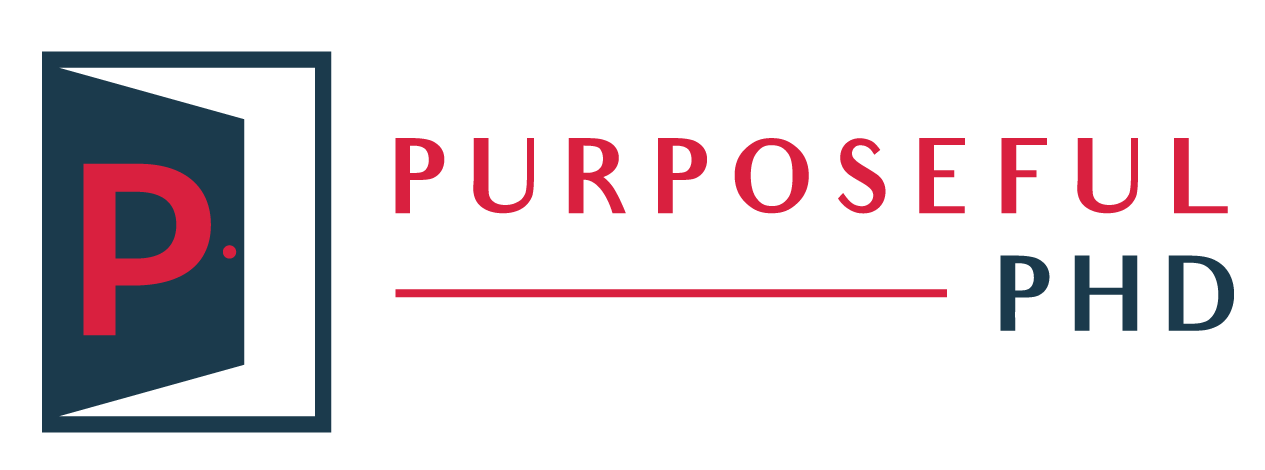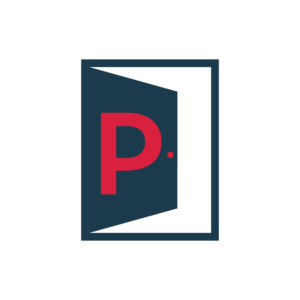
Starting a new research project, writing a dissertation chapter or manuscript, or even being able to understand a seminar speaker’s research all require massive amounts of literature reading. And this reading isn’t as simple as reading “Oh the thinks you can think” by Dr. Seuss. We’re talking about intense reading in a discipline specific language that sounds foreign by all means, until you become an expert in this area and can digest the reading quickly. Even at this stage in my own career, I spend a considerable amount of time reading research articles, book chapters, opinion pieces, manuscript drafts, dissertations, and even leisurely book reads. The way that I read now though is certainly not the way I approached reading at the start of my graduate program. And I share this because I recognized after several semesters of feeling continuously behind in my reading and having stacks upon stacks of articles to get through that I had to change up my system. And this is even with my being a fast reader (thanks to fast reading skill I gained from an after-school program).
So today I’d like to share several simple tricks that can help ensure that you get out of your reading what you need.
Before you can actually start the reading recognize that you have to first do the research to find the most relevant readings for your needs. And without doing a thorough and focused job here with your search, half of the things in your reading pile could be irrelevant (let’s talk about that another time).
- Take the time to read the paper title and abstracts to ensure that this article is really relevant to your project or writing needs. This is the one time that you will truly read from beginning to end short portion of the paper (referring to the abstract). From this short read you can make a quick decision whether this is most relevant to what your needs are and you download and save. Or go old school and print it out.
- Sort your articles in stacks according to how they group together in the most logical way for your needs. For example, of the articles that you pulled maybe there’s a group that are all related to the method ultra-high-resolution femtosecond spectroscopy, another group that focus on the function of protein calmodulin, and another group that focus on statistical approaches to study protein function. By sorting your stack in these specific sub topics it makes it easier to keep your brain focused on all method related details, so that as you go from the first paper in that stack to the last paper you inherently start to read the later papers faster. This is because you recognize terms, where to look in the paper, and understand the general flow of how the methods are explained.
- Break the paper apart, which fortunately most are already broken down into sections (Introduction, Methods, Results, Discussion…) and do a focused read on the first pass. Sometimes it’s necessary to read papers from beginning to end and you’ll decide when that’s the case. But most times you may only need context from the methods because you’re trying to plan out your own set of experiments. Or maybe you only need intro and discussion because you’re trying to find additional evidence to support results that you’ve generated. You get the gist. Now this doesn’t replace a full read of the paper that you may do later once you have more time, but it gives you a way to read the most pertinent parts quickly.
- Take the time to figure out how you can be most efficient with reading and stick with that plan. This is about finding out whatever works best for you (whether it’s 2 papers a day to keep your advisor at bay, or 2 papers a week because that’s all your brain can take at this stage). In order to be an excellent writer many say you also need to be a frequent reader. Well especially when it comes to academia this is the case, however I’ve found it extremely hard to hit goals of reading 1 to 2 papers a day or a week for that matter. However, what usually works is my spending a couple of days focused solely on reading where I’m able to work through a stack of papers (normal day 25-50ish, good day 50-100ish). This seems like a crazy lot however it’s because I’m reading papers based on methods in Step 3 and mostly driven by an upcoming project start, grant deadline, or clock on a paper resubmission.
- Highlight only the most critical parts and write notes so that you have a helpful cheat sheet later. Now I know some of you have a whole highlighter system whether it’s on print or electronic papers and I’m not going to disrupt at all what works for you. But one system that works for me is to basically only highlight the portions of the paper that I plan to cite later, that I will actually use for my own research, or that spark an idea. This makes it easy when I actually sit down to write to not have to reread every paper from the beginning again to know what I needed from it. And the notes I write are very clear and legible (to me of course) and are either 1) a note to get refs 5, 20, and 38, 2) a sentence to describe the point of this paper in my own words, or 3) an idea or action item that comes to mind from what I just read.
There are other tricks to my organized reading system that I unintentionally do that help me navigate reading: not getting hung up on all the words I don’t know, taking time to google every single term; quickly recognizing when a paper is not relevant and moving it to the recycle bin immediately, or skimming every line pretty quickly for key words. You also may have some better tricks or ideas about organizing your readings, so please share in the comments below and help others in our community.
Until next time,
Renã Robinson, PhD
Photo by Andrea Piacquadio from Pexels

